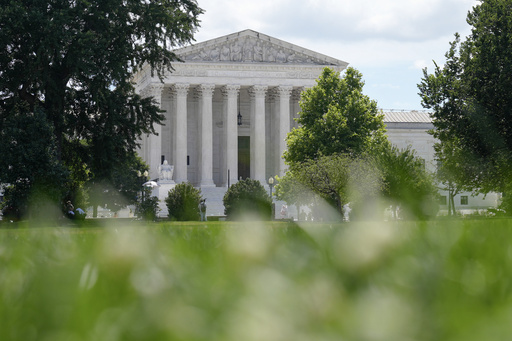The Supreme Court declined Oklahoma’s urgent request to reinstate a $4.5 million grant for family planning services due to a contentious issue involving the state’s refusal to direct pregnant individuals to a national hotline that offers details about abortion and other options. The decision, which did not elaborate on the court’s rationale, mentioned that Justices Clarence Thomas, Samuel Alito, and Neil Gorsuch would have supported Oklahoma’s stance.
Previously, lower courts determined that the Health and Human Services Department’s termination of funding for Oklahoma did not breach federal regulations. The conflict arose from state abortion restrictions conflicting with federal aid given under the Title X family planning program. The disagreement intensified following the overturning of Roe v. Wade in 2022 and the subsequent ban on abortion in several Republican-governed states.
Under the federal regulation in question, clinics are prohibited from utilizing federal family planning funds for abortions but are compelled to provide abortion-related information upon request by patients. Oklahoma’s Attorney General’s office did not immediately respond to requests for comment.
Oklahoma contends that it cannot adhere to the directive to offer abortion counseling and referrals because state law criminalizes advising or procuring abortions for women. The state refused an accommodation proposed by the administration, which would have allowed referrals to the national hotline, leading to the suspension of the state’s Title X funding.
The Biden administration reversed the abortion referral prohibition imposed on Title X-funded clinics during the Trump administration in 2019. The policy regarding abortion referrals has fluctuated over the years based on the presidential administration in power.
Another similar legal battle is ongoing in Tennessee at the lower court level, and Oklahoma, along with ten other states, is pursuing a separate lawsuit against the federal regulation. Oklahoma highlighted that the funding is allocated to approximately 70 city and county health departments for various services like family planning, infertility aid, and adolescent services, crucial particularly for rural communities lacking alternative access points for essential preventative care services over long distances.


